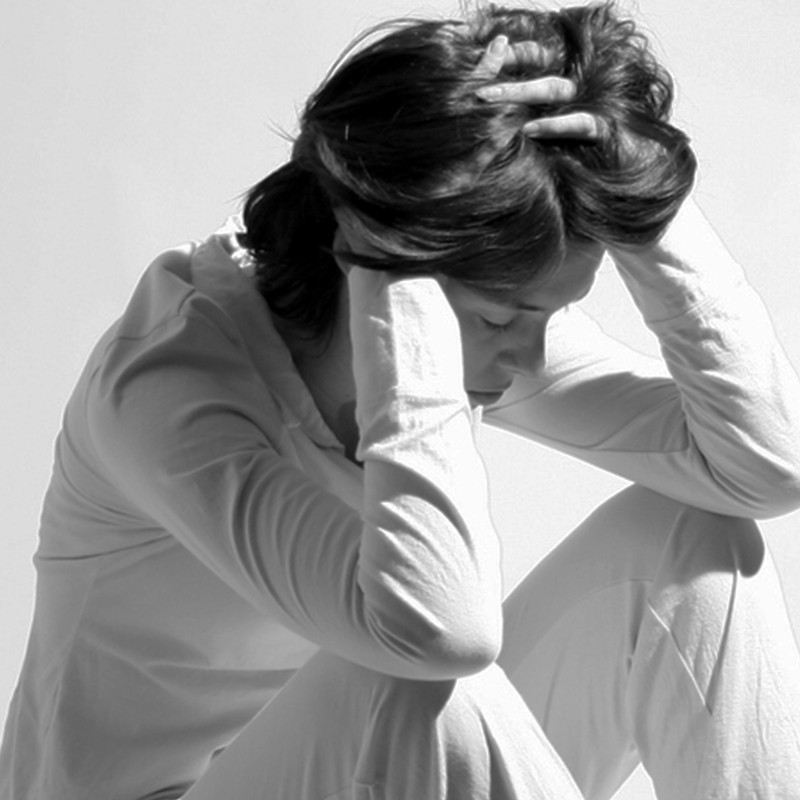11 Ways To Deal With A Headache
Improve Your Desk Set-Up
“Neck and shoulder tension is one of the most common causes of a headache and sitting at a desk all day is doing your body no favours. For every inch your head protrudes forward when sat poorly, an additional 4.5kg of weight is placed on your spine, which, without stretching or movement of any sort to improve posture, will likely cause a headache. To that end, make an effort to check your desk set-up and ensure it’s as ergonomic as possible; incorporate plenty of walking breaks into your day; and use a foam roller or ball to gently massage parts of your neck or upper back that may be tight.” – Lawrence Xavier-Davis, advanced fascial stretch practitioner and PT at KX
Take An Ayurvedic Approach
“Ayurveda recognises that aches and pains in the body are the result of an imbalance of the doshas. Most headaches are caused by an imbalance in your vata dosha, exacerbated by a lack of sleep and a fast-paced lifestyle. Ayurveda believes this can clash with your circadian rhythm and create tension in the head and neck area. You can also get a pitta (the second dosha) headache, which is associated with burning, pounding head pain, including migraines, whilst kapha headaches are recognised by blocked sinuses and nasal congestion causing a heavy, dull ache. The good news is, Ayurveda holds many rebalancing remedies, but the easiest is conscious breathwork. Focusing on your breath with long inhales and exhales is key to relaxing the body and balancing the nervous system.” – Jasmine Hemsley, wellbeing expert and champion of Ayurveda
Practice Acupressure
“The ‘drilling bamboo’ acupressure points are located at the indentations on either side of the spot where the bridge of your nose meets the ridge of your eyebrows. To use these pressure points to treat a headache, use both of your index fingers to apply firm pressure to both points at once, hold for ten seconds and then release and repeat. You can also try the ‘union valley’ points, which are located in the web between your thumb and index finger. Locate it by pressing firmly with your other hand and searching for a slightly tender point between these two fingers. Once you’ve found it, press for ten seconds, release and repeat on the other hand.” – Sandra Greenbank, nutritional therapist
Up Your Intake Of Certain Nutrients
“Research shows vitamin B2 can prevent headaches, so consider taking a B complex supplement, as B vitamins work in unison. Headaches can also be brought on by a magnesium deficiency, and this isn’t entirely surprising since magnesium is a muscle relaxant and works together with B vitamins to create energy for your cells. Our soil is now so depleted in magnesium that it’s very tricky to get enough from food sources alone. Try taking a magnesium supplement for one month and monitor any changes. Omega-3 fatty acids can also prevent headaches – the majority of your omega-3 stores are in your brain, explaining why it can be beneficial when looking to support brain health.” – Sandra
Don’t Discount Chinese Medicine
“In Chinese medicine, a headache has two parts: the root and the branch. The root is whatever is causing the headache, and the branch is the pain itself. Chinese medicine (TCM) works to treat both the root and the branch, so the result is long-term, instead of simply masking the pain. The question is which factors offset the pain and where the headache is located. For example, a headache around the temples and eyes is usually related to liver and gallbladder function, and is often triggered by stress, leading to sharp and throbbing pains. A headache on the top of the head, meanwhile, can be linked to PMS and hormonal health. An acupuncturist can help you get to the bottom of underlying contributors such as stress and hormones, which in turn can help alleviate chronic headaches and migraines.” – Maeve O’Sullivan, TCM expert and clinical director at Escapada
Use A Gua Sha For Quick Relief
“Gua sha is often used for beauty purposes but it can also be used all over the body for circulation and muscle release. Research also suggest gua sha offers anti-inflammatory and immune boosting properties. It also boosts the lymphatic system, which is crucial for detoxifying – do it daily as a preventative method or to release tension when you have a headache. Try keeping your gua sha in the fridge, which can be bliss when you have a headache.” – Maeve
Stress Less
“Easier said than done, but stress plays a significant role in headaches. Experts believe stress activates the body’s ‘fight or flight’ mechanism, which results in a surge of adrenaline and cortisol, the stress hormone. Adrenaline causes your heart to beat rapidly and quickens your breathing, which also causes muscular tension, often felt in the neck and shoulders, which can trigger a tension headache. If you experience tension headaches for 15 days or more per month, this is called chronic tension and it’s an issue worth chatting to your GP about.” – Dr Deborah Lee, GP at Dr Fox Online Pharmacy
Be Mindful Of Blood Sugar
“Headaches can be triggered by not eating regularly and skipping meals, and cravings for sweet foods may be the warning sign of an impending headache. You may feel the urge for something sweet and eat some chocolate, and think the chocolate has then triggered a headache, when actually it was the sugar craving itself that was the warning sign.” – Deborah
Change Your Contraception
“Headaches can be caused by fluid retention, which can be a side effect of either oestrogen or progesterone. If you are using hormonal contraception and struggling with headaches, consider lowering or changing the oestrogen in your contraception, or opting for a progesterone-only method. It could also be worth changing the route of delivery, for example, changing from the pill to the patch or vaginal ring – in these cases, hormones enter your body without going through the stomach, meaning a lower dose can be used which can be beneficial in terms of a reduction in side effects.” – Deborah
Fall Back On Aromatherapy
“If you have a headache, try running a warm – but not hot – bath with juniper and lemongrass salts, both of which are very cleansing. I would also recommend applying ila’s Life In The Fast Lane Balm, £13, over the liver area with a hot pack over the front and a cold pack on your back; lie down, cover your eyes and listen to some healing music for around 20 minutes, then make a herbal tea with liquorice root, lemon balm and chamomile, all of which soothe the gall bladder meridian – imbalances there can often be the cause of a nasty headache. When applied to the temples, the balm is also the perfect antidote to stress headaches thanks to vetiver, which melts irritability and soothes mental and physical exhaustion; petitgrain, which lifts the mood; and cedarwood, which is grounding and rejuvenates the body’s energy system.” – Denise Leicester, founder of ila
Finally, Try An Elimination Diet
“Getting to the root cause of headaches can be challenging. First, it’s important to chat with your GP to rule out any underlying medical conditions, like anaemia or thyroid issues. Once you’ve done this, turn to food. An elimination diet that focuses on good blood sugar control while eliminating common food allergens can be extremely helpful in identifying triggers. Once you’ve removed allergens for six to eight weeks, add then back in one at a time and note if your symptoms return. Then, log the nature of your headaches. Note the frequency, type of pain, and anything else you can describe. Also take a step back and do a quick audit – are you drinking alcohol every day? How hydrated are you? Do you overdo the caffeine? How is your sleep? All of these factors weigh into the headache equation.” – Rhian Stephenson, founder of Artah
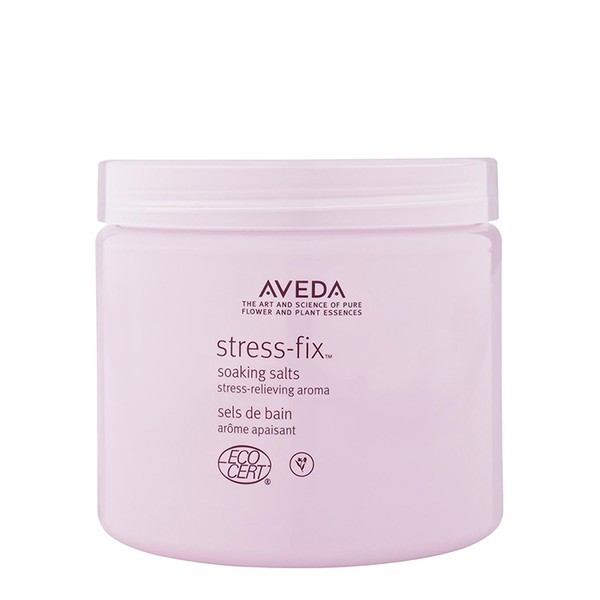
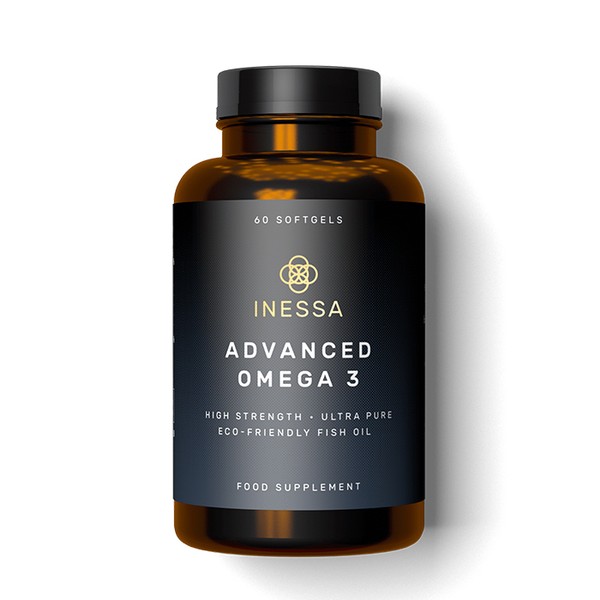
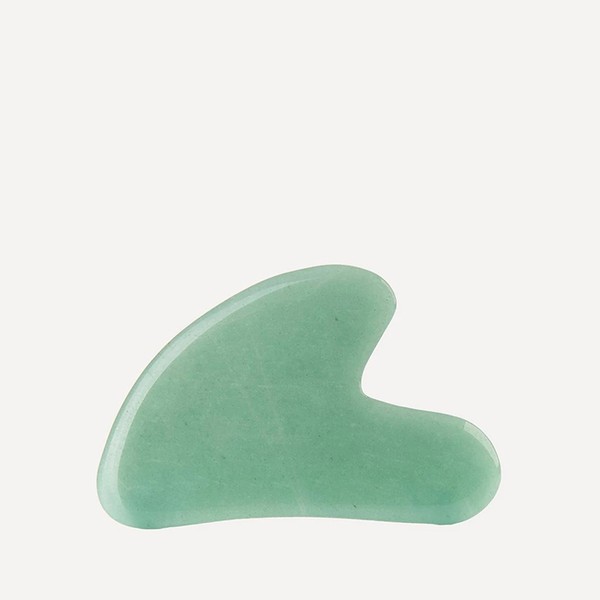
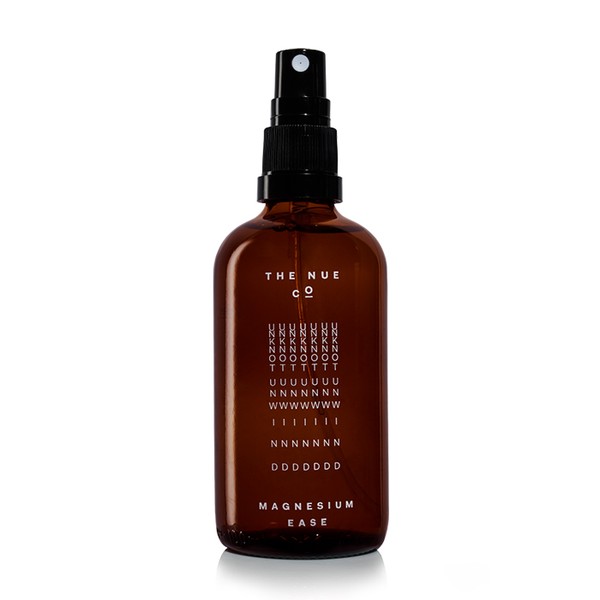
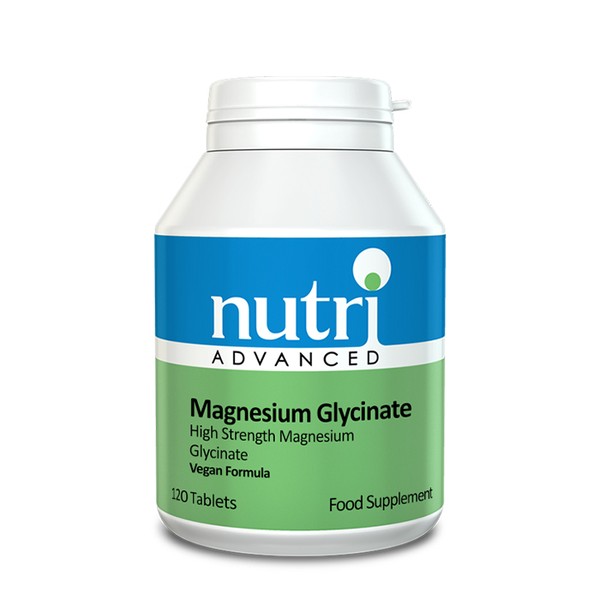
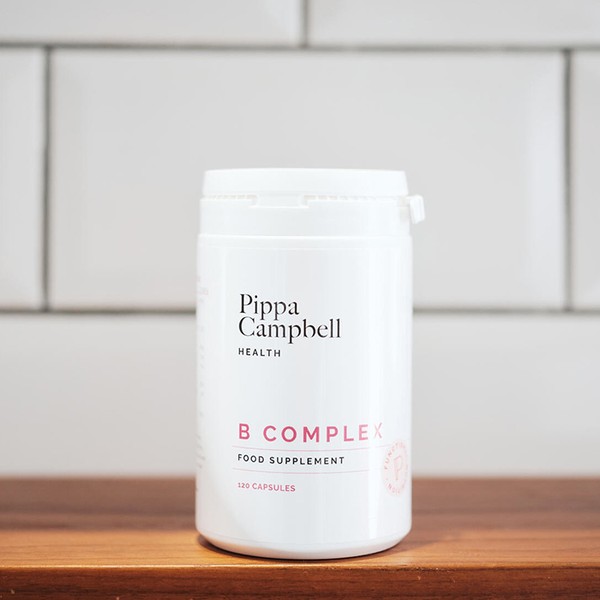
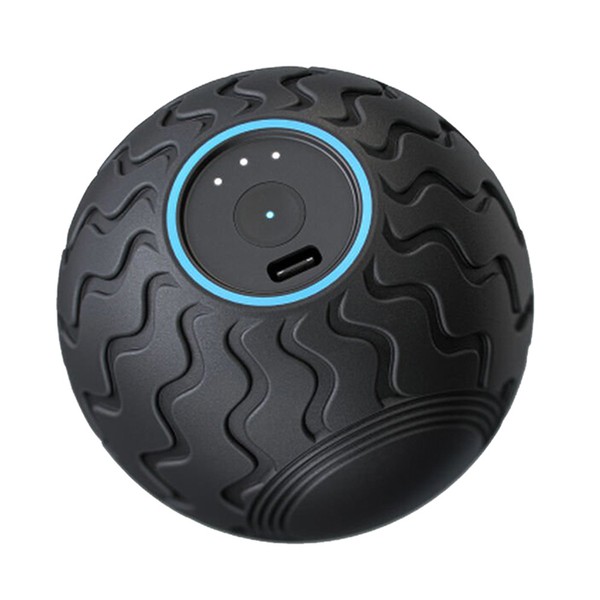
For more information visit KXLife.co.uk, JasmineHemsley.com, SandraGreenbank.com, EscapadaHealth.com, DoctorFox.co.uk, ilaApothecary.com and Artah.co
DISCLAIMER: Features published by SheerLuxe are not intended to treat, diagnose, cure or prevent any disease. Always seek the advice of your GP or another qualified healthcare provider for any questions you have regarding a medical condition, and before undertaking any diet, exercise or other health-related programme.
DISCLAIMER: We endeavour to always credit the correct original source of every image we use. If you think a credit may be incorrect, please contact us at info@sheerluxe.com.
